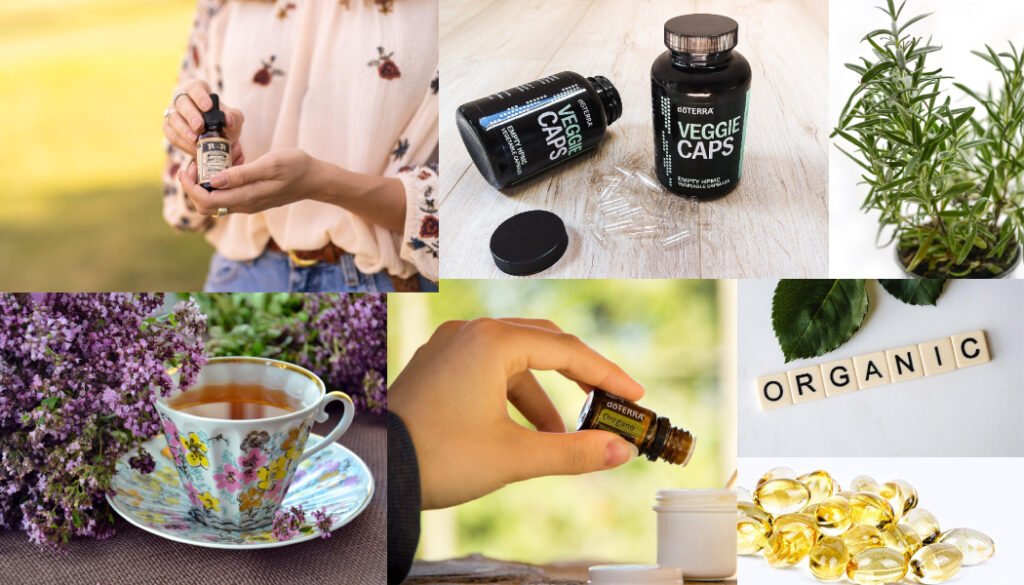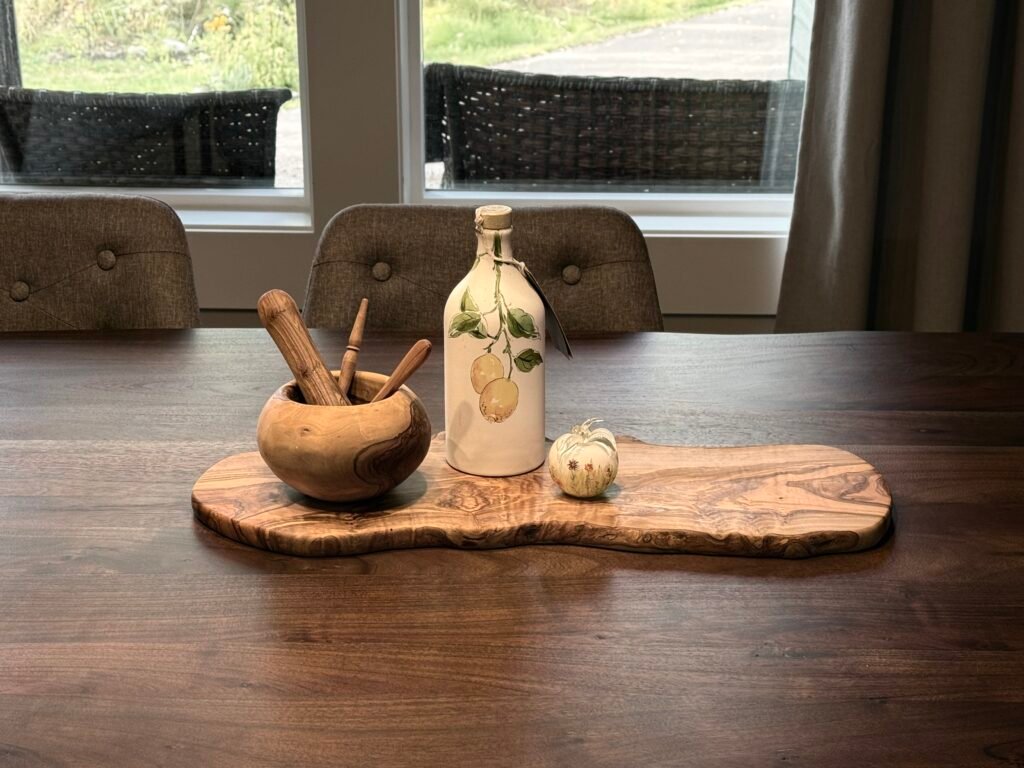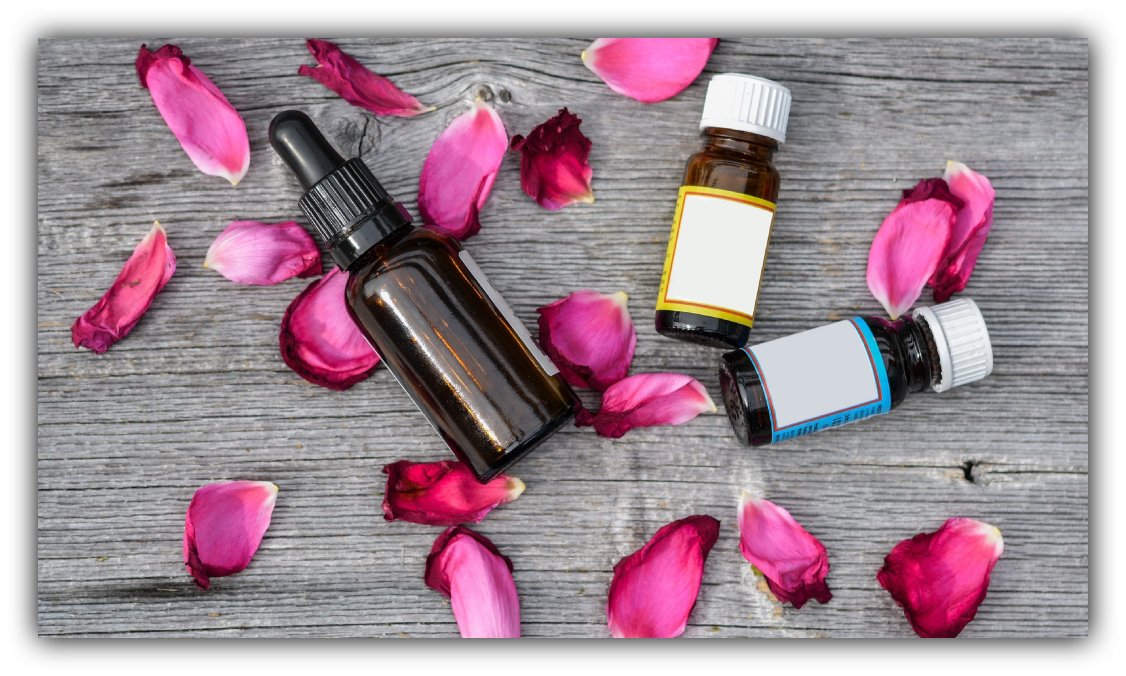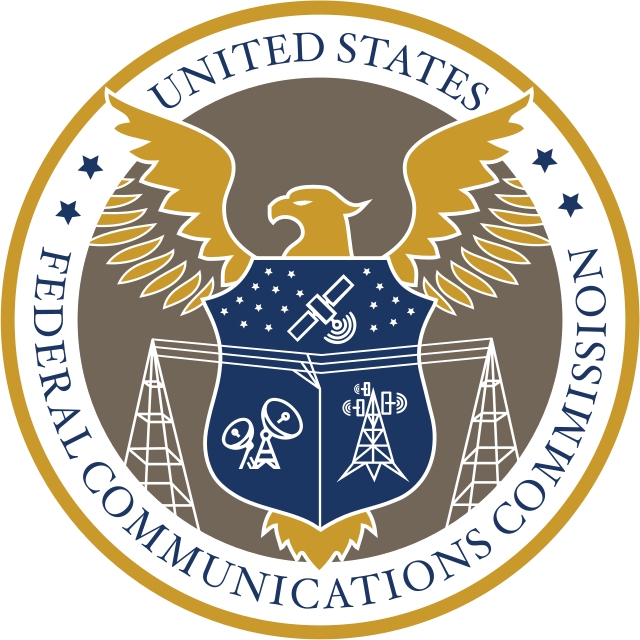By Gina Hill | Alaska Headline Living | October 2025
A quick guide for U.S. and Alaska consumers
Even in 2025, most herbal products in the U.S. are regulated as dietary supplements, not as drugs, meaning they’re not required to prove safety or effectiveness before hitting store shelves. That’s why knowing what to look for on a label can make all the difference.

✅ 1. Check for a Supplement Facts panel
If it’s a legitimate herbal supplement, it should include:
- A “Supplement Facts” box (not “Nutrition Facts”)
- Serving size and the amount of each listed ingredient
- The botanical name (e.g., Panax ginseng root extract)
- The standardised extract ratio (such as “10:1 extract”)
🚫 Red flag: Vague ingredients like “proprietary blend” or “herbal complex” without clear amounts.
🧾 2. Look for Manufacturer Transparency
The label must list:
- Company name and contact info
- Batch or lot number (this allows tracking if a recall occurs)
- Expiration date or “best by” date
👉🏿 Skip it if you can’t find contact info or a lot number.
🧬 3. Certification or Testing Seals
While not mandatory, third-party testing seals add a layer of trust:
- USP Verified (U.S. Pharmacopeia)
- NSF Certified for Sport
- ConsumerLab.com Approved
- GMP Certified (Good Manufacturing Practices)
🧪 These indicate the product was tested for purity, potency, and accurate labeling.
⚗️ 4. Watch the Health Claims
The FDA prohibits supplement makers from claiming to treat, cure, or prevent disease.
So be wary of phrases like:
- “Cures arthritis”
- “Eliminates depression”
- “Prevents cancer”
✔️ Legitimate products may instead say:
“Supports immune health” or “Promotes relaxation.”
Those claims fall under “structure/function”, not medical claims.
⚠️ 5. Interactions and Safety Warnings
Many herbal products can interact with prescription drugs or affect blood sugar, blood pressure, or clotting.
Before taking any new supplement:
- Tell your doctor or pharmacist what you’re using.
- Watch for adverse reaction reporting info (FDA requires companies to provide contact details for that).
🌿 6. Alaska Note: Sourcing and Local Remedies
Some Alaskan herbal products, such as wild-crafted botanicals or locally made tinctures, may not go through federal certification.
Look for:
- Small-batch makers who share their foraging and production methods transparently.
- Sellers who can explain dosage, potency, and ingredient sources clearly.
⚠️ If they can’t answer questions consider that a warning sign.
🧠 Bottom Line
Herbal products can offer benefits, but they’re not automatically safe or well-regulated.
To stay protected:
- Read labels critically.
- Choose products with clear ingredient lists and certifications.
- Check with healthcare providers for interactions.
- Report side effects to the FDA MedWatch program: www.fda.gov/medwatch






One thought on “🩺 What to Look for on an Herbal Medicine Label”